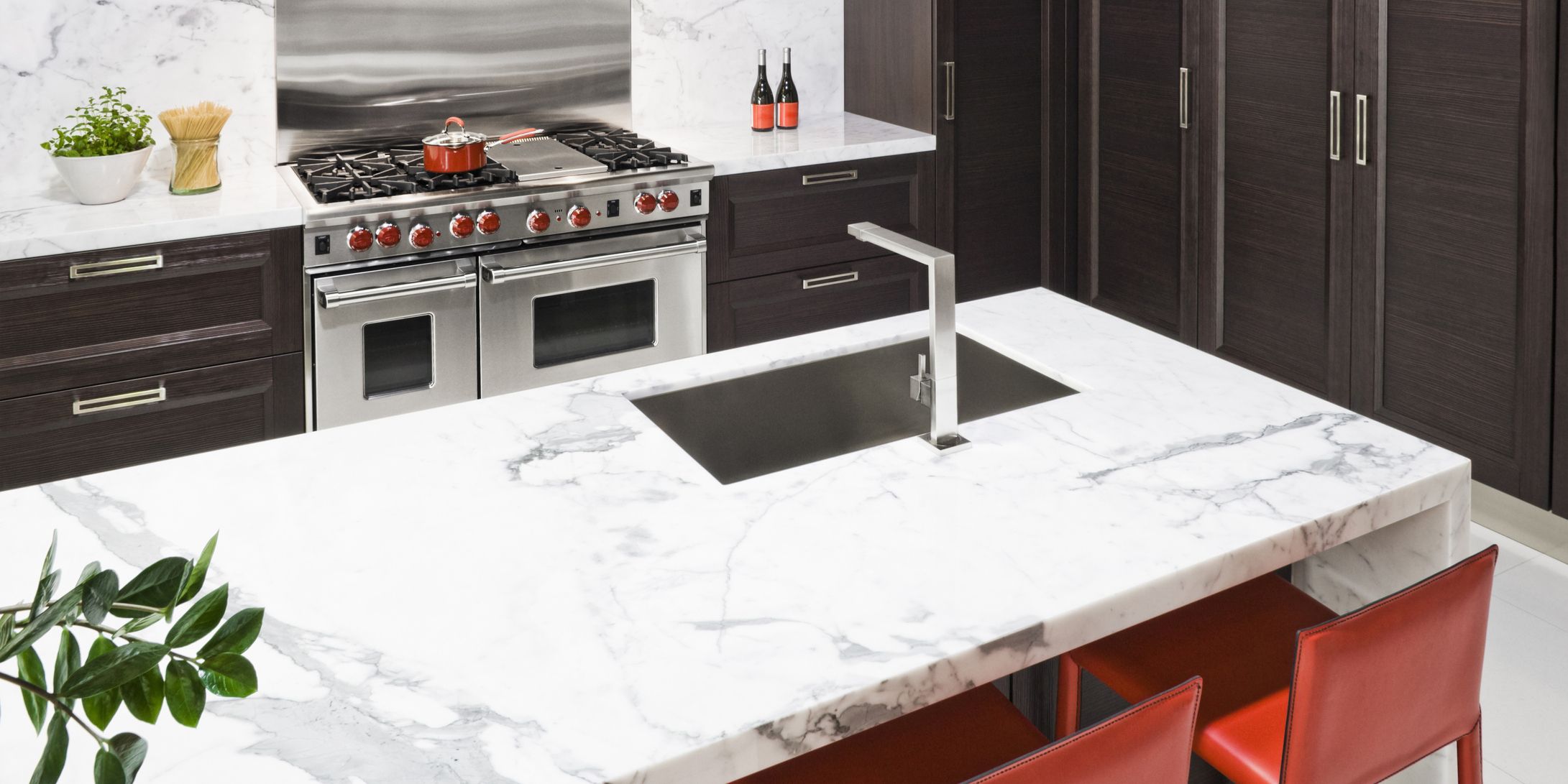The installation of marble countertops is a significant undertaking that requires careful planning, precision, and attention to detail. Marble, with its timeless elegance and natural beauty, is a popular choice for kitchens and bathrooms. The installation process involves several key steps, from measuring and templating to cutting and fitting the marble slabs. Let’s explore the intricacies of marble countertop installation, considering the various aspects that contribute to a successful and visually appealing outcome.
The journey begins with accurate measurements and templating. Professional installers take precise measurements of the countertop area, accounting for any irregularities or nuances in the space. Templating involves creating a template of the countertop shape and layout, ensuring a tailored fit for the marble slabs. This meticulous process is crucial for achieving a seamless and aesthetically pleasing installation.
Before the actual installation, it’s essential to prepare the underlying surface. The base cabinets must be level and sturdy to support the weight of the marble. Installers may use plywood or cement backer board to create a stable and even foundation. This preparation step is vital in preventing any flexing or movement that could compromise the integrity of the marble countertop.
Once the preparation is complete, the marble slabs are carefully cut to fit the measured dimensions. Precision is paramount during this phase to ensure tight seams and a cohesive appearance. Professional installers use specialized tools, such as wet saws with diamond blades, to make precise cuts without causing chips or cracks in the delicate marble.
The fitting and joining of marble slabs require a high level of skill. Installers must carefully align the seams, taking into account the natural veining and patterns of the marble to create a harmonious flow. Achieving inconspicuous seams is crucial for a seamless look, and professionals often use epoxy or other specialized adhesives to bond the pieces together securely.

Sealing the marble is a critical step in the installation process. Marble is a porous material, and sealing helps protect it from stains and damage caused by liquids. Sealers create an invisible barrier that repels water and other substances, preserving the pristine appearance of the marble. The type of sealer used may vary depending on the specific type of marble and its susceptibility to staining.
During installation, attention to detail extends to the edge profiles of the marble countertop. Homeowners can choose from various edge profiles, such as bullnose, ogee, or beveled edges, to add a distinctive touch to their countertops. The edge profile not only contributes to the aesthetic appeal but also influences the overall style and character of the marble installation.
The weight of marble requires proper support, especially for overhangs and cantilevered sections. Installers use support brackets or corbels strategically placed beneath the marble to ensure structural stability. This step is crucial for preventing any sagging or stress on the marble, guaranteeing a long-lasting and secure installation.

Grouting is a meticulous process that follows the fitting and joining of marble slabs. The choice of grout color is significant, as it can subtly enhance or detract from the overall appearance of the countertop. Professional installers take care to match the grout color to the marble, ensuring a cohesive and unified look. Additionally, precision in grout application is crucial to achieving clean lines and a polished finish.
Post-installation, thorough cleaning is necessary to remove any residue from the grouting and sealing processes. Installers use mild, pH-neutral cleaners to avoid damaging the marble surface. Cleaning is followed by a final inspection to ensure that the marble countertops meet the highest standards of quality and workmanship.
The care and maintenance of marble countertops extend beyond the installation process. Homeowners are advised to use cutting boards and avoid placing hot cookware directly on the marble to prevent scratches and thermal shock. Regular cleaning with a soft cloth and a mild, non-abrasive cleaner is recommended to preserve the natural luster of the marble.
One consideration that homeowners often contemplate during marble countertop installation is the selection of the specific marble slab. Marble is a natural stone with inherent variations in color, veining, and pattern. During the installation process, experienced installers work with homeowners to position the marble slabs in a way that highlights the unique beauty of the stone and creates a visually appealing composition.
In instances where the marble countertop includes cutouts for sinks or cooktops, precise measurements and cutting are imperative. Installers carefully create openings that seamlessly accommodate the fixtures, ensuring a snug fit. The precision in cutouts not only contributes to the functionality of the countertop but also enhances its aesthetic coherence.
The installation of marble countertops requires a delicate balance between precision and artistry. Beyond the technical aspects, the expertise of professional installers is evident in their ability to showcase the natural beauty of the marble. The veins, colors, and unique characteristics of each slab are carefully considered to create a cohesive and visually stunning countertop that becomes a focal point in the kitchen or bathroom.
For homeowners contemplating marble countertop installation, it’s essential to work with experienced professionals who understand the intricacies of working with this luxurious stone. From the initial measurements to the final touches, the installation process requires a blend of technical skill, aesthetic sensibility, and a commitment to delivering a result that not only meets but exceeds the expectations of the homeowner.
Reasons Should Install Marble Kitchen Countertops in Home

Pros and Cons of Marble Countertops – Case Against Marble Counters

Hereu0027s What You Need To Know Before You Install Marble Countertops
.jpg)
What You Need To Know Before You Install Marble Countertops
.jpg)
How to Fake a Marble Countertop Using Gianiu0027s Paint Kit

Related articles:




.jpg)
.jpg)
 Related articles:
Related articles: